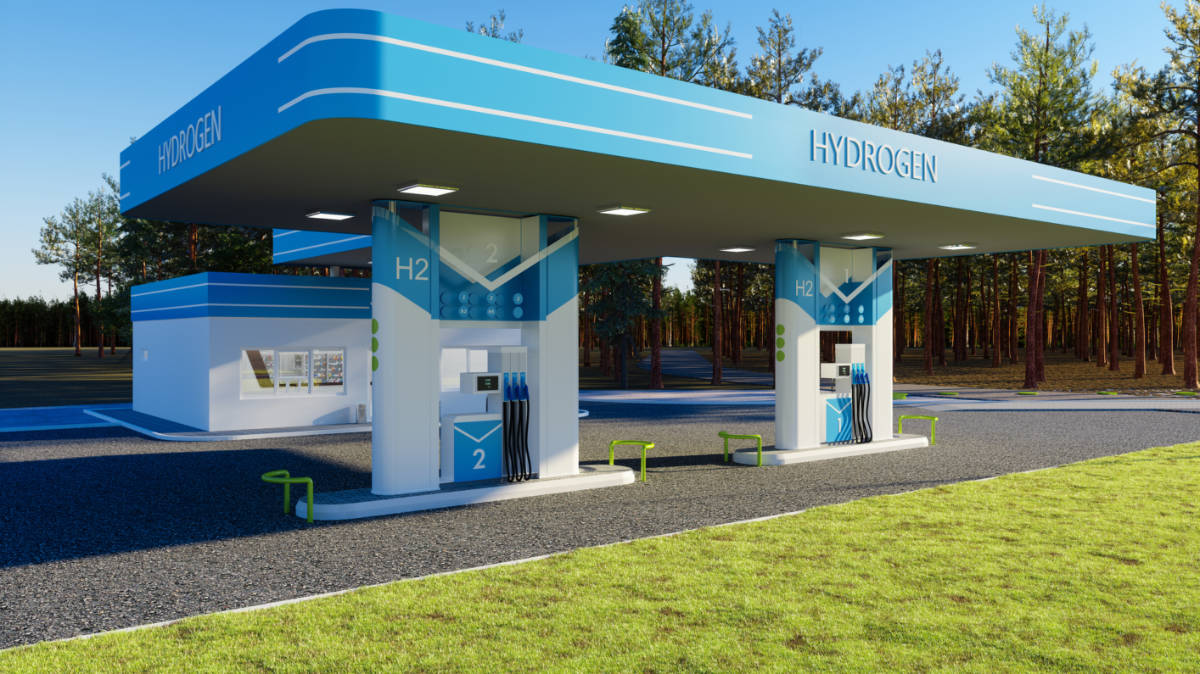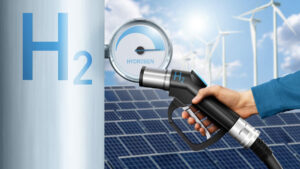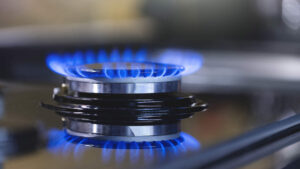New Queensland ‘green hydrogen’ project lights fire under QEM’s share price

QEM's share price took off on news of its hydrogen project in Queensland. Image: Getty
- QEM pursues new hydrogen strategy for developing its North Queensland project for vanadium and oil shale
- ‘The hydrogen strategy aligns with the broader strategic direction of Julia Creek, as QEM looks to target both the liquid fuels and renewable energy sectors’
- Hydrogen to be produced from green solar-powered electrolyser at Julia Creek
The share price of vanadium and oil shale company QEM (ASX:QEM) nearly doubled early Monday with its announcement of a green hydrogen project in North Queensland.
QEM’s share prices hit 16 cents per share after opening Monday at 8 cents, as it committed to undertake studies into green hydrogen opportunities at its Julia Creek Project.
“The commissioning of these studies will lay the groundwork to advance our green hydrogen strategy at Julia Creek, amid increasingly buoyant market conditions and the project’s optimal location and resources profile to produce hydrogen on site,” managing director, Gavin Loyden, said.
The company said it had decided to venture into green hydrogen amid buoyant market conditions and supportive environmental policy and its project’s optimal location.
The positive policy environment for hydrogen is highlighted by the Queensland government’s decision to establish a ministry for hydrogen in November, an Australian first.
Queensland expects hydrogen to play a key role in both the local economy and as a major new export opportunity for the state.
QEM is to start talks with Queensland’s minister for energy, renewables and hydrogen on the approvals process for its Julia Creek project.
Solar-powered hydrogen production
The company intends to investigate the financial and regulatory requirements for it to produce hydrogen on site at its Julia Creek project using a green solar-powered electrolyser.
Green hydrogen produced at the project site would be used to support the energy needs of other resources projects in Queensland’s North West Minerals Province.
Julia Creek also falls within the government’s newly-designated Eastern Resource Development Corridor that hosts numerous resource projects.
Hydrogen production would also support the transformation of shale into oil and transport fuels at the Julia Creek project.
“Crucially, the hydrogen strategy aligns with the broader strategic direction of Julia Creek, as QEM looks to target both the liquid fuels and renewable energy sectors,” Loyden said.
Consultancy firm E2C Advisory which has previously carried out a review of processing technology for oil shale extraction at Julia Creek will assist QEM with an assessment of the hydrogen project.
E2C Advisory has extensive experience in the use of electrolysers for hydrogen production and will carry out financial studies on the capital and other costs of the hydrogen project.
Vanadium and oil shale interests
QEM will remain focused on developing its Julia Creek project for vanadium and oil shale while pursuing its new strategy to produce green hydrogen.
“We remain committed to continuing the development of Julia Creek to unlock the substantial latent value the vanadium and oil shale project possesses,” he said.
Julia Creek contains a globally-significant vanadium resource of 2.7 billion tonnes with an average vanadium content of 0.3 per cent and an oil resource of 783 million barrels.
Vanadium improves the tensile strength of steel when used as an alloy and its high strength to weight ratio makes it a vital input into the aerospace and automotive industries.
The metal also has uses in battery production for large-scale energy storage, and is used in combination with other battery metals such as lithium.
China is a source for 60 per cent of global vanadium production, with Russia, South Africa and Brazil, accounting for most of the remaining 40 per cent of production.
Last year, QEM announced that test work at Julia Creek using hydrocarbon solution for oil extraction yielded up to 181kg per tonne of oil.
QEM sees a market opportunity in Australia’s increasing reliance on imported oil products with the announced closure of two of its oil refineries and their conversion into import terminals.
Hydrogen is an abundant earth element that is non-toxic and colourless as a gas and can be extracted from other compounds such as water or fossil fuels.
In the case of QEM and its Julia Creek project, that company plans to produce green hydrogen from electrolysers powered by solar energy, a process without any carbon emissions.
Hydrogen is a growing sector in Australia
Australia’s hydrogen sector is starting to gain critical mass and momentum with more companies joining the industry which is supported by government policy.
Fortescue Metals Group (ASX:FMG) has recruited former Australian prime minister Malcolm Turnbull to be chairman of its Australian Fortescue Future Industries (AFFI) group.
Australian Fortescue Future Industries (AFFI) group will identify renewable energy and green hydrogen projects for development both in Australia and globally.
ASX iron ore company, Iron Road (ASX:IRD), is also developing a green hydrogen project for iron ore pellet production in South Australia’s proposed Cape Hardy port.
In Sweden, H2 Green Steel is building a €2.5bn ($3.9bn) hydrogen powered steel plant that is set to start up in 2024 with an initial production of 5 million tonnes per year.
ASX share prices for Fortescue Metals Group (ASX:FMG), Iron Road (ASX:IRD), QEM (ASX:QEM)
Related Topics

UNLOCK INSIGHTS
Discover the untold stories of emerging ASX stocks.
Daily news and expert analysis, it's free to subscribe.
By proceeding, you confirm you understand that we handle personal information in accordance with our Privacy Policy.








